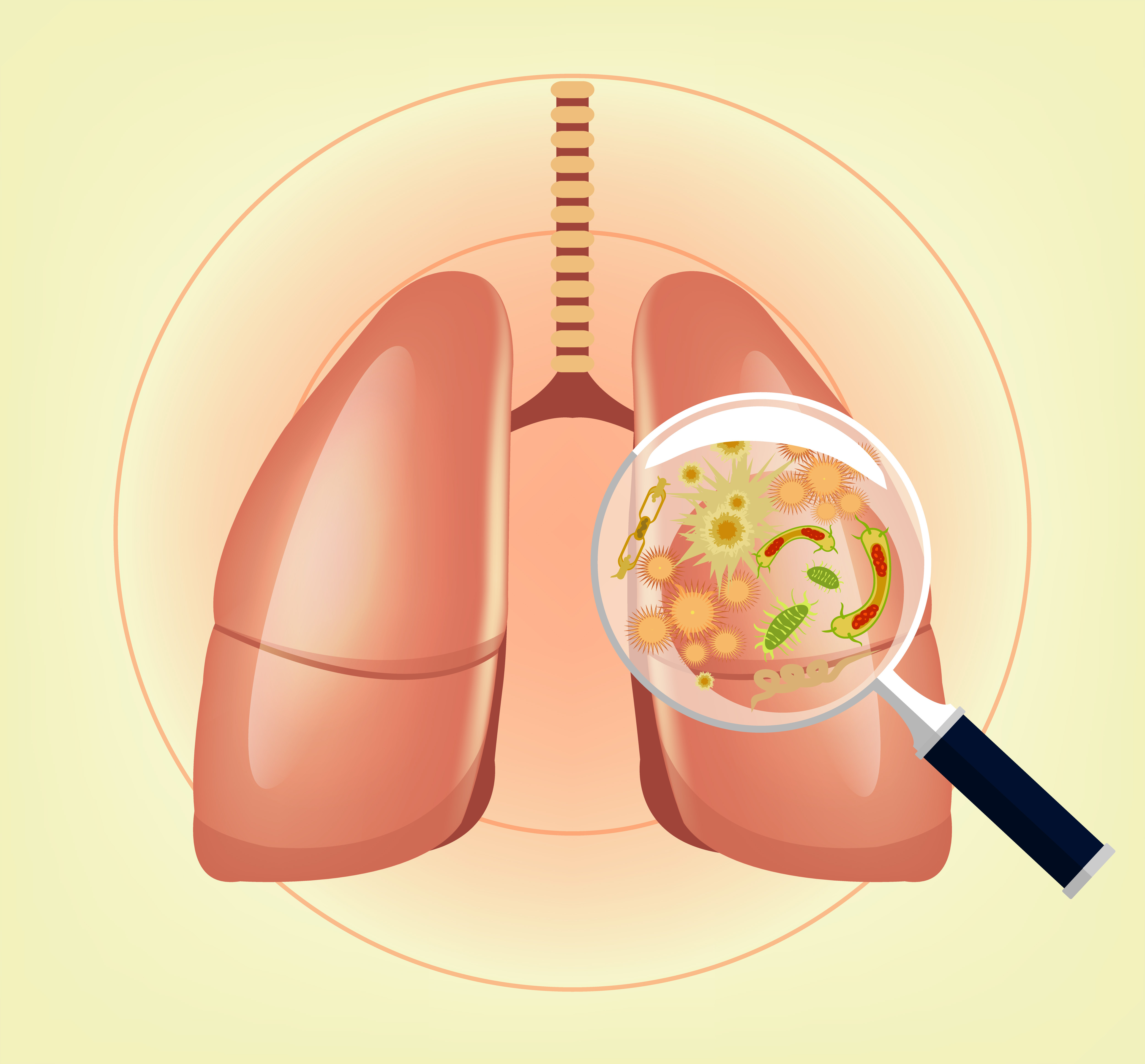Different Pseudomonas Varieties Found in CF Patient Lungs
Written by |

Newly found workings of Pseudomonas aeruginosa may explain why certain medications are only modestly effective in patients with cystic fibrosis. A group of researchers led by Dr. Pradeep Singh and Dr. Peter Jorth at the University of Washington School of Medicine discovered that when P. aeruginosa infects cystic fibrosis patients’ lungs, populations of the bacteria become segregated and evolve differently. This leads to differences in bacterial characteristics such as nutritional requirements, defenses, and resistance to antibiotics.
“Even when a single strain of bacteria causes a chronic infection, evolution with human organs can produce diverse families of related bacteria,” said senior author Dr. Singh, in a news release.
Together with collaborators in different departments of University of Washington School of Medicine and University of Iowa School of Medicine, Dr. Singh and Dr. Jorth came to these conclusions after conducting a study entitled, “Regional Isolation Drives Bacterial Diversification within Cystic Fibrosis Lungs.” The article was published in the journal Cell Host & Microbe.
During the study, the authors dissected lungs taken from cystic fibrosis patients who had a lung transplantation. They found thousands of different varieties of Pseudomonas bacteria in different regions of the lungs. Although all the bacteria were of a different type and had different functions, they were similar because they were descendants of the same original bacterial strains. Unfortunately, they were not similar enough for one medication to effectively eradicate all the bacteria.
“What made this so important to us is that the bacterial populations inhabiting different lung regions varied dramatically in terms of their antibiotic resistance and virulence,” said lead author Dr. Jorth. “This diversity could affect the patients’ health.”
The concept of bacterial evolution mirrors that of species evolution proposed by Darwin. Similar to how finches in the Galapagos are all finches but have different beak types determined by available food in the area, the bacteria found in the lungs are all Pseudomonas but respond differently. These responses seemed to provide a “memory” of the past lung environment and treatments applied.
“This may be part of what makes treatment so difficult, because when bacteria sensitive to one kind of stress are killed, functionally different siblings are there to take their place,” said Dr. Singh. Consequently, the logical next step, which is already underway in the laboratory, is to figure out how a treatment can attack a set of different types of bacteria, regardless of original strain or mutations present.






